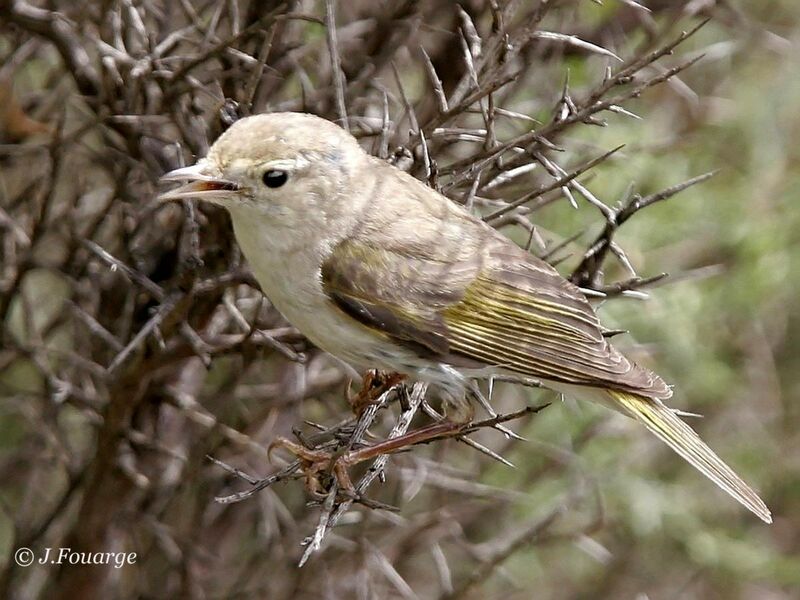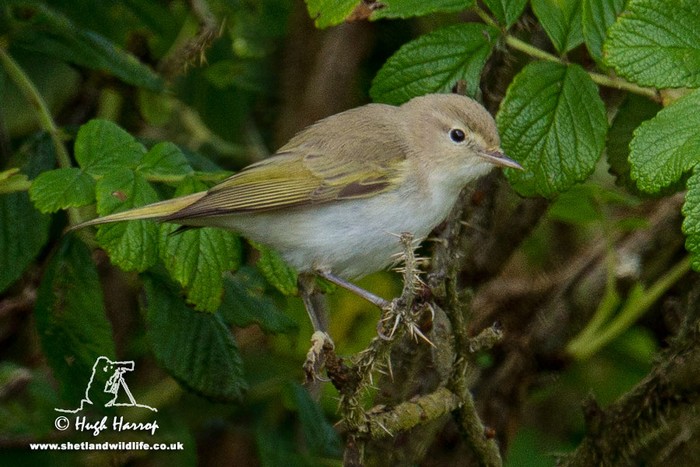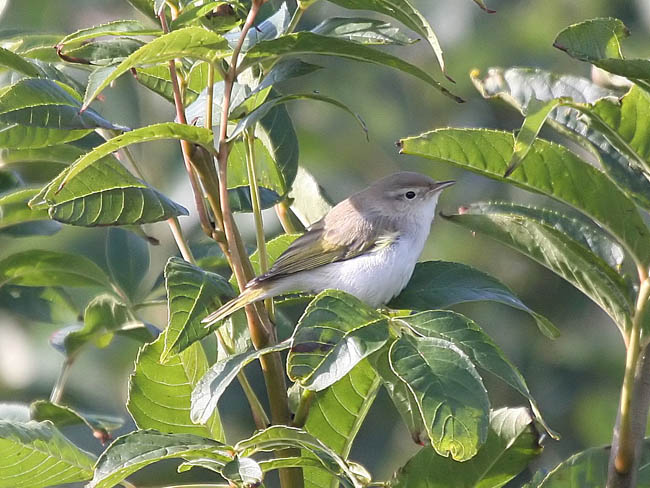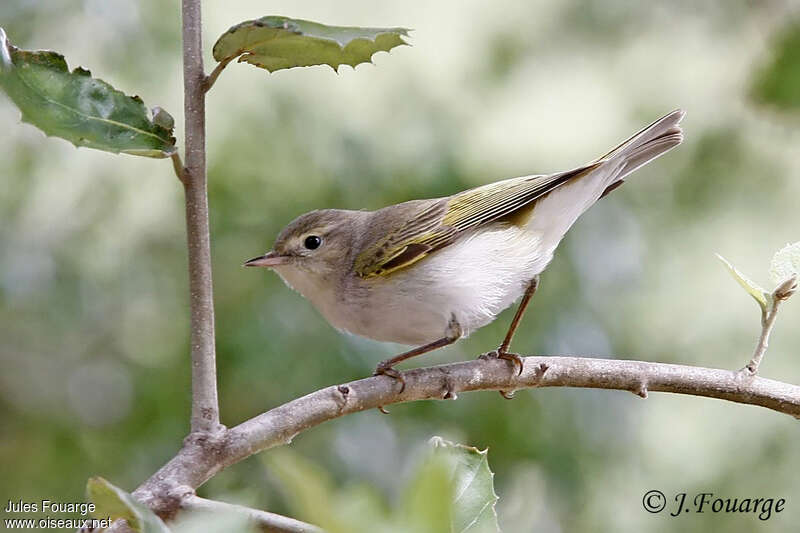Western Bonelli's Warbler
Mountain Warbler (Phylloscopus bonelli )
The Mountain Warbler (Phylloscopus bonelli ) is a passerine bird in the genus of warblers (Phylloscopus ) and the family of the warbler -like ( Sylviidae ). We distinguish between no subspecies.
Description
The Mountain Warbler is about 11 to 12 cm long and has a wingspan of 18-19 cm. The weight is about 7 to 9 grams. The top is gray-brown and the underside white colored. The little bird has an indistinct white eye-streak, and About a yellowish rump. Males and females have the same coloring. His reputation goes something like " pü ieh ".
Area of distribution and habitat
The distribution area of the mountain warbler extends from the western Mediterranean to Northern France and the South West of Central Europe. The northern distribution limit runs through northern France, southern Belgium, southern Germany and Austria. In Central Europe the mountain warbler has closed distribution areas only in the Alps, the Jura and the southern Black Forest. To the north are only irregular single occurrence. Its winter quarters are in sub-Saharan Africa. Check-out time and the pulling direction are innate. The Mountain Warbler lives in dry deciduous, coniferous and mixed forests in mountains up to 2000 m altitude.
Mountain Warbler return year after year to their old hunting grounds. The area sizes between three and four hectares.
Nutrition
The Mountain Warbler feeds on spiders, molluscs, insects and their larvae.
Reproduction
Sexual maturity occurs after one year. The main breeding season is May to July. Built from stalks, leaves and grass, oven -shaped nest is hidden on the ground in the grass. The female lays 4-6 white eggs with brown spots. The eggs are incubated for 13-14 days by the female. The young birds stay 11 to 13 days in the nest.









